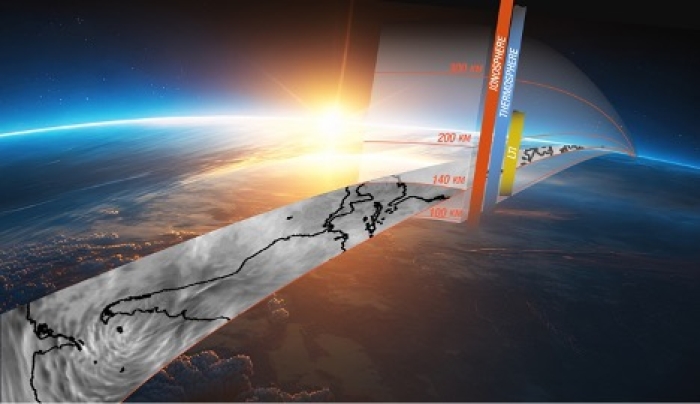ASU scientist part of NASA DYNAMIC mission proposal team to study space weather
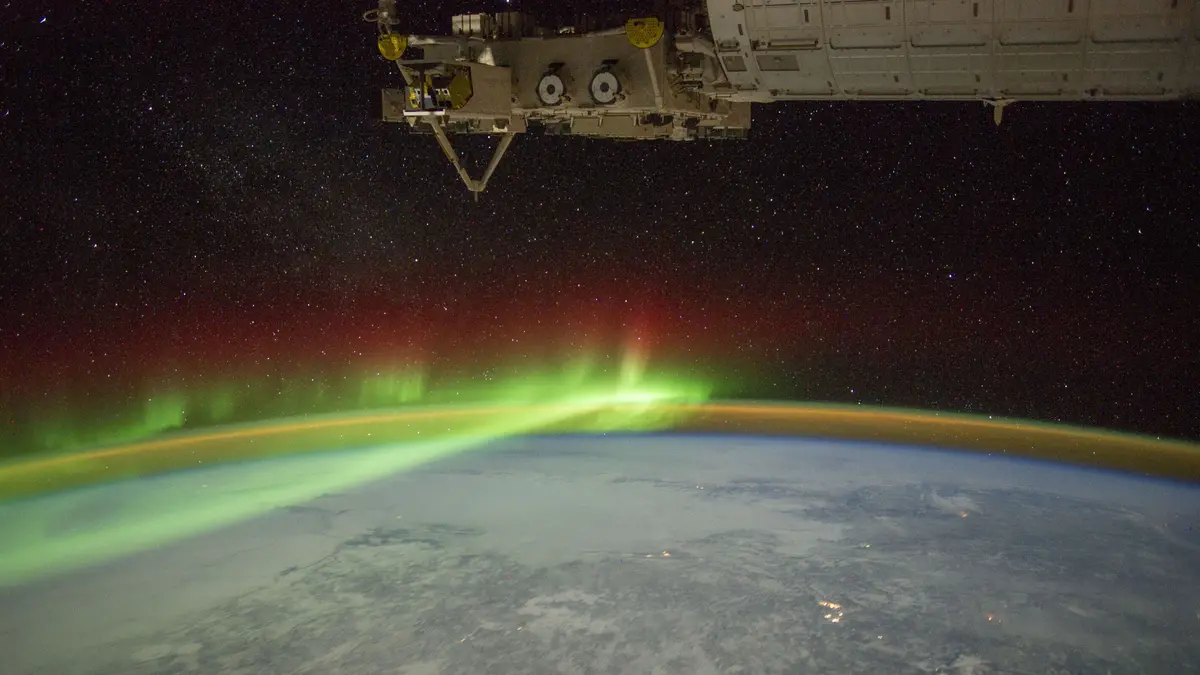
Aurora and airglow are seen from the International Space Station in 2015. Photo credits: NASA/JSC/ESRS
A joint proposal from a team of institutions including Arizona State University has been selected for concept studies for NASA’s Dynamical Neutral Atmosphere-Ionosphere Coupling (DYNAMIC) mission.
The proposal is led by the University of Colorado, Boulder, in collaboration with ASU, Johns Hopkins Applied Physics Laboratory, NASA’s Jet Propulsion Laboratory, Clemson University, University of Alaska Fairbanks, the National Center for Atmospheric Research and the Massachusetts Institute of Technology’s Haystack Observatory.
The proposal was submitted by Principal Investigator Tomoko Matsuo of the University of Colorado, Boulder, and includes Co-Investigator Katrina Bossert, an assistant professor with ASU’s School of Earth and Space Exploration. The team is one of three winning teams selected to receive funding for a Phase-A, nine-month concept study, after which NASA will select a single winning proposal.
“This is an amazing opportunity to work with a talented group of scientists and engineers,” Bossert said. “The proposed mission instrumentation would provide measurements that allow for the study of interconnections between forcing from Earth’s atmosphere and the sun at altitudes that overlap with the satellite low Earth orbit region.”
When launched, DYNAMIC is expected to provide comprehensive measurements of the upper atmosphere in the very low Earth orbit (VLEO, below 300 km) range — the new frontier for spacecraft operation. This will provide a deeper understanding into how space weather — events generated by activity on the sun and the Earth’s weather — can interfere with satellites, navigation systems and other technology.
“We’re grateful and overjoyed for this opportunity to work together to make our vision of DYNAMIC a reality. With these measurements, we can finally gain an understanding of the critical link between Earth’s atmosphere and space,” said Matsuo, an associate professor in the Ann and H. J. Smead Department of Aerospace Engineering Sciences at the University of Colorado, Boulder.
“Earth and space are an interconnected system that reaches from the heart of our solar system, the sun, to the lowest reaches of the atmosphere where we live, and extends to the edge of our heliosphere — the boundary of interstellar space,” said Nicola Fox, associate administrator, Science Mission Directorate at NASA Headquarters in Washington, D.C.
“While space weather can spark the beautiful auroras across our skies, it also has the potential to cause disruptions for us here on Earth and can be dangerous for our spacecraft and astronauts in space. The DYNAMIC mission will expand our understanding of how Earth itself shapes space weather events that influence our home planet.”
Adapted from NASA, APL, CU Boulder release with contributions from ASU.
More Science and technology
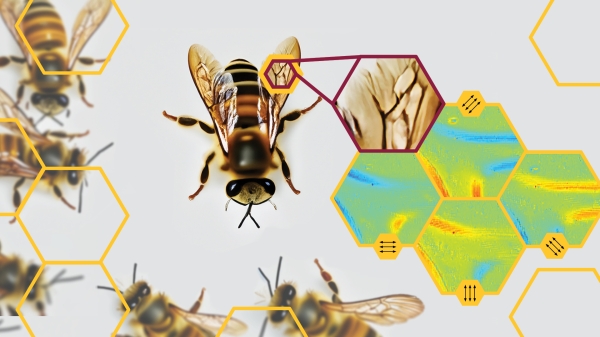
Quest for microscopy advances aims to boost high-tech capabilities
One method for seeing beyond the capabilities of the human eye is polarimetric imaging. However, the standard design of polarimetric microscopes is bulky, large and hard to use outside of a…
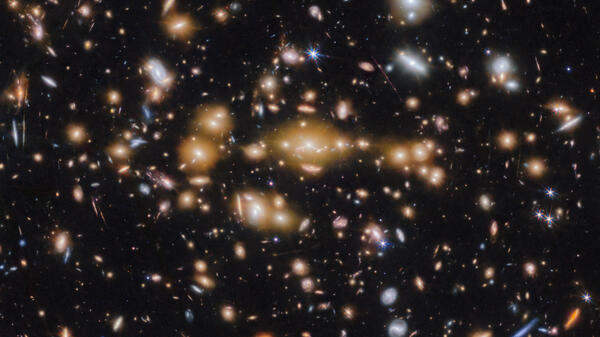
Webb telescope reveals star clusters in Cosmic Gems arc
Young galaxies in the early universe experienced significant bursts of star formation, producing large amounts of ionizing radiation. However, their great distances have made direct studies of their…
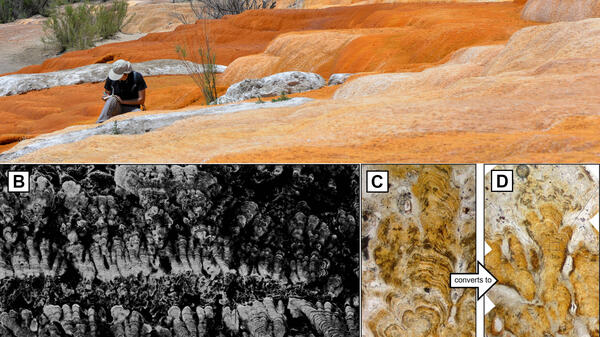
Research on how rocks preserve signs of life honors late ASU mentor
Building from his PhD work at Arizona State University, Jon Lima-Zaloumis is developing methods to look for signs of active life occurring in extreme environments, namely in the Earth’s…
